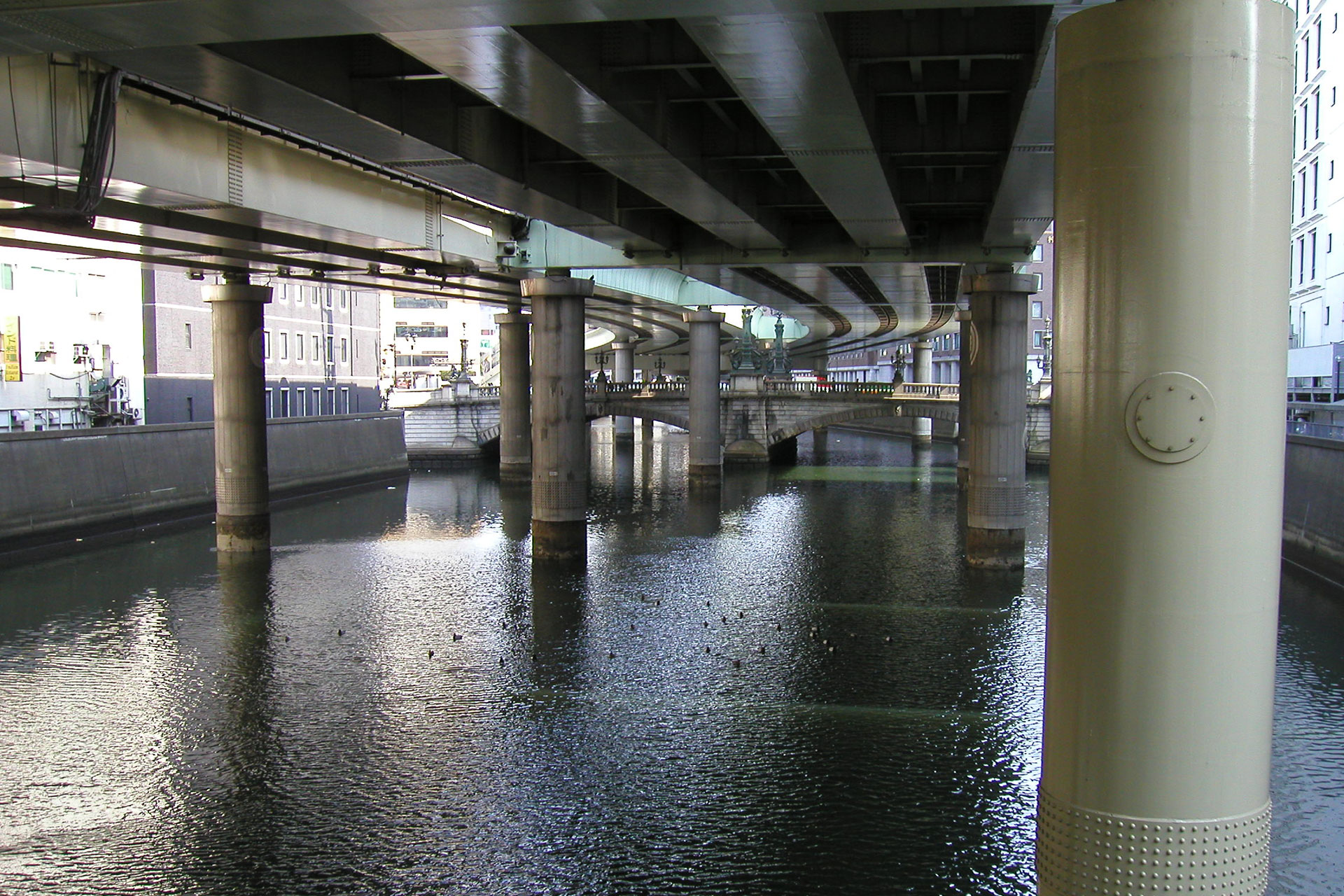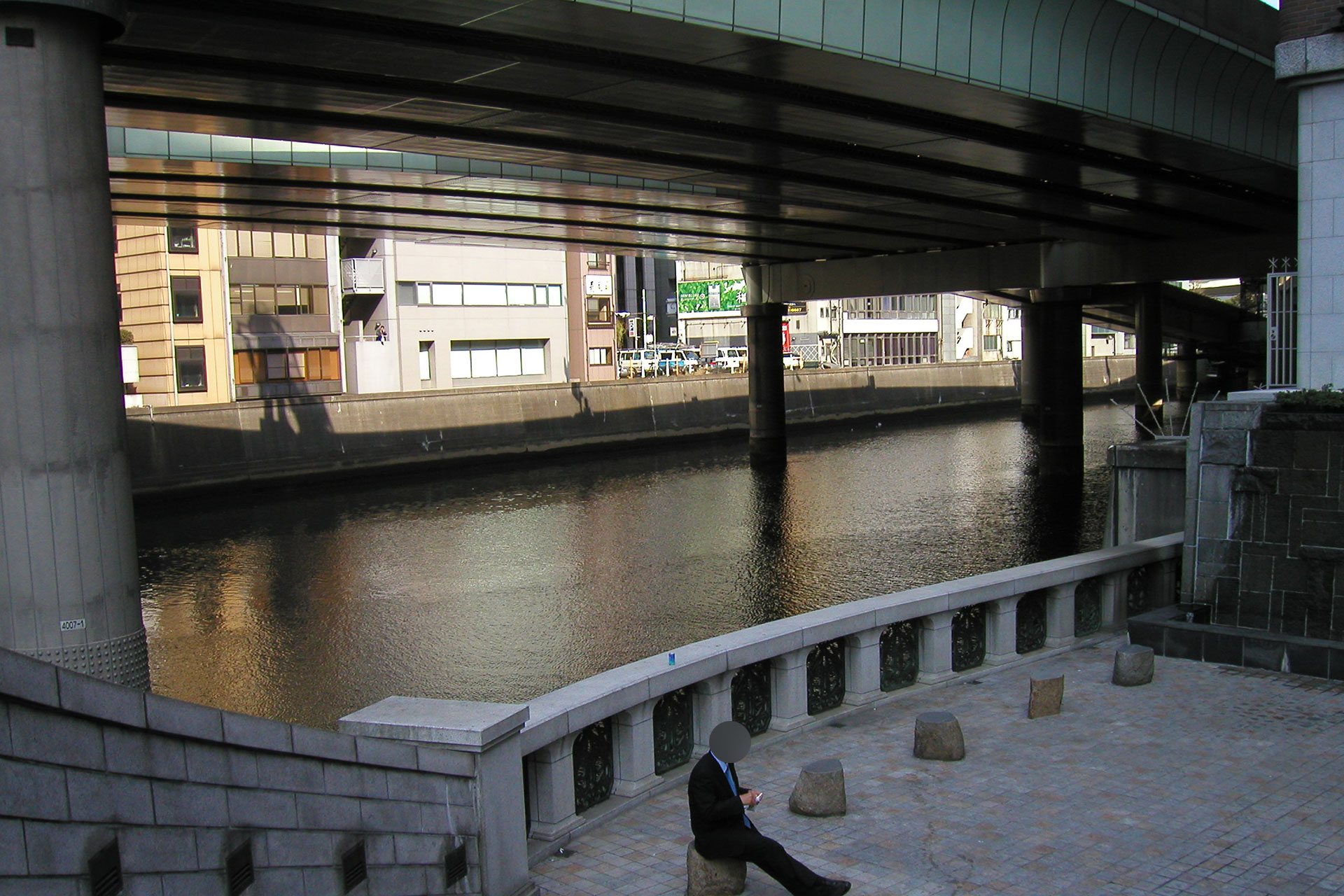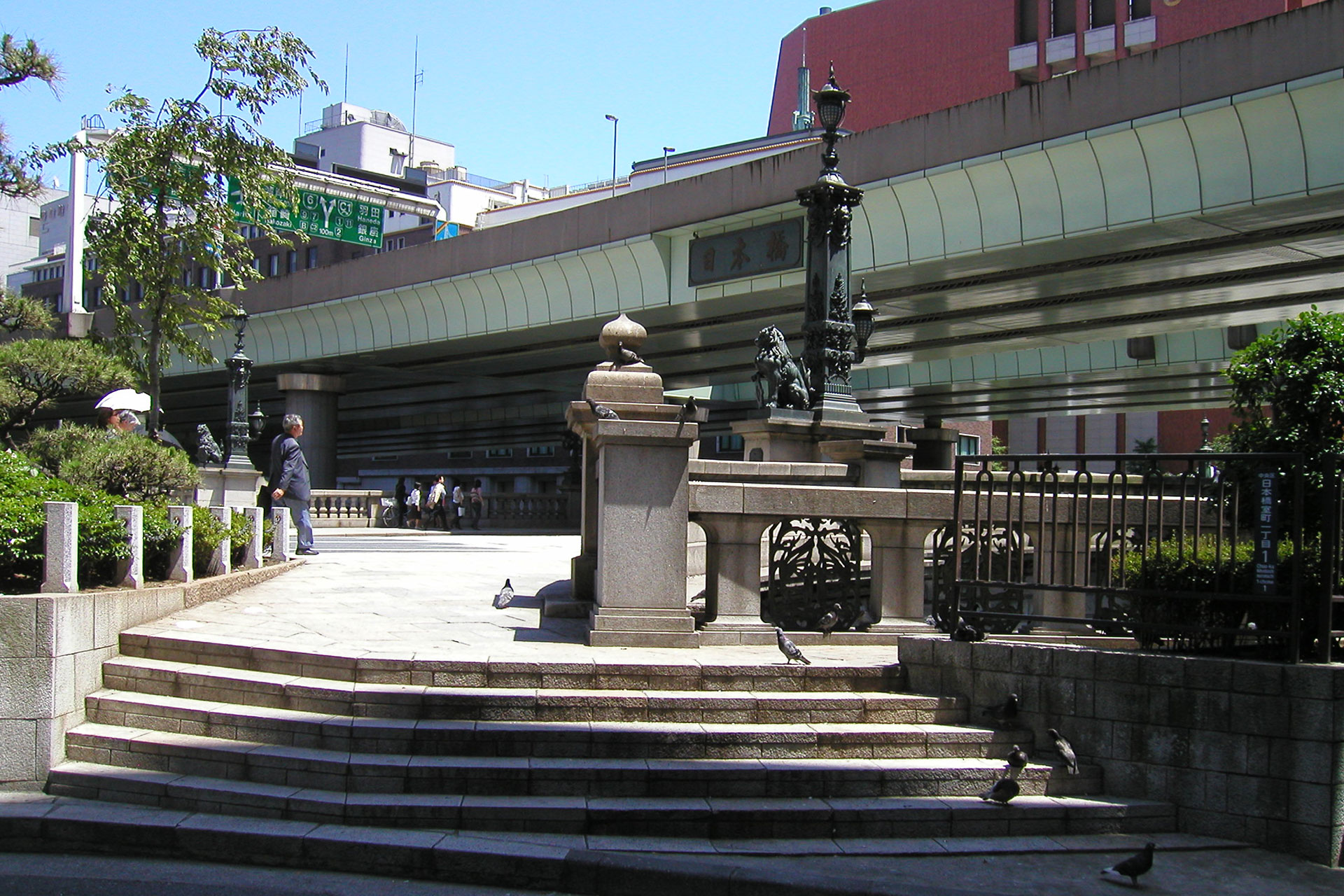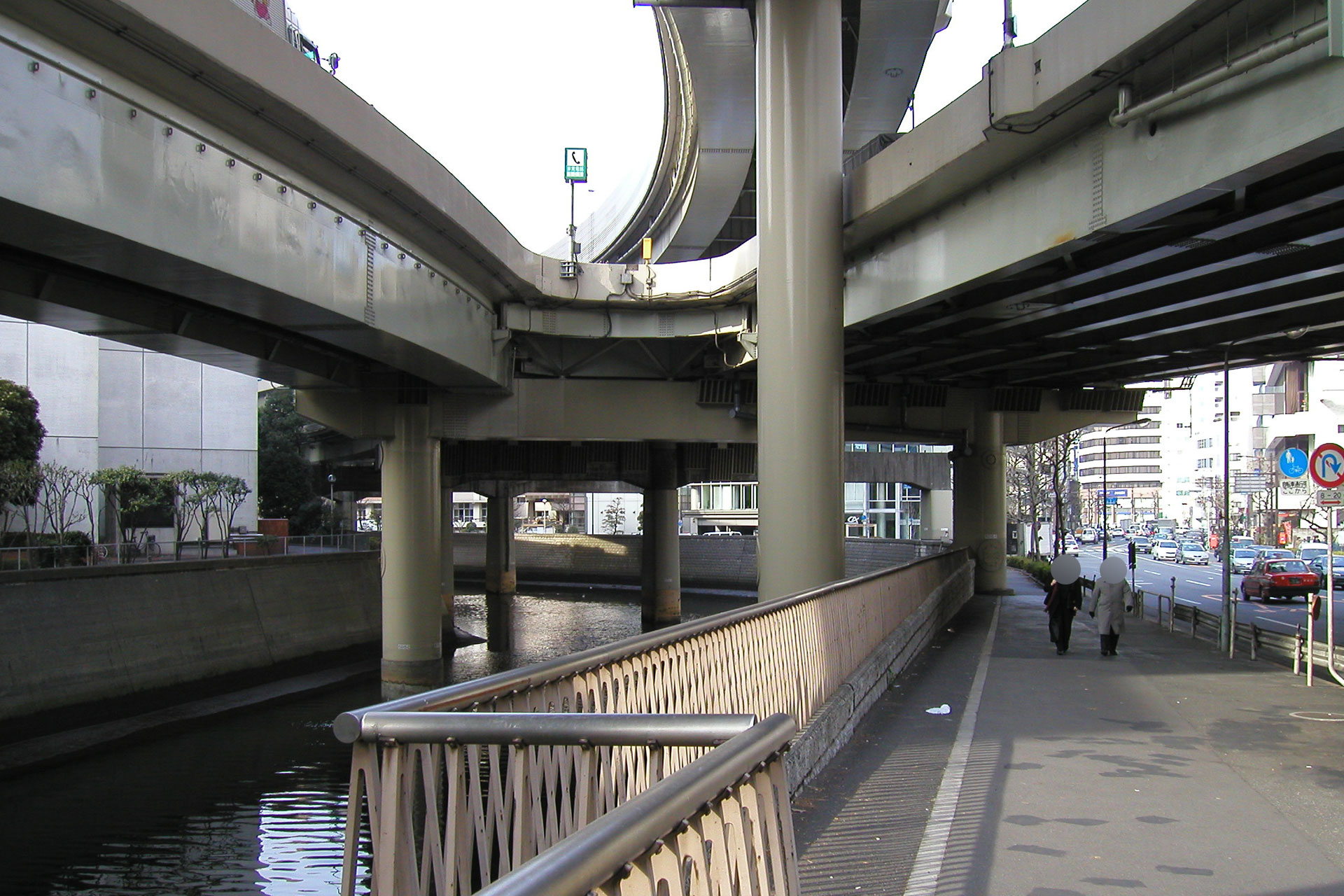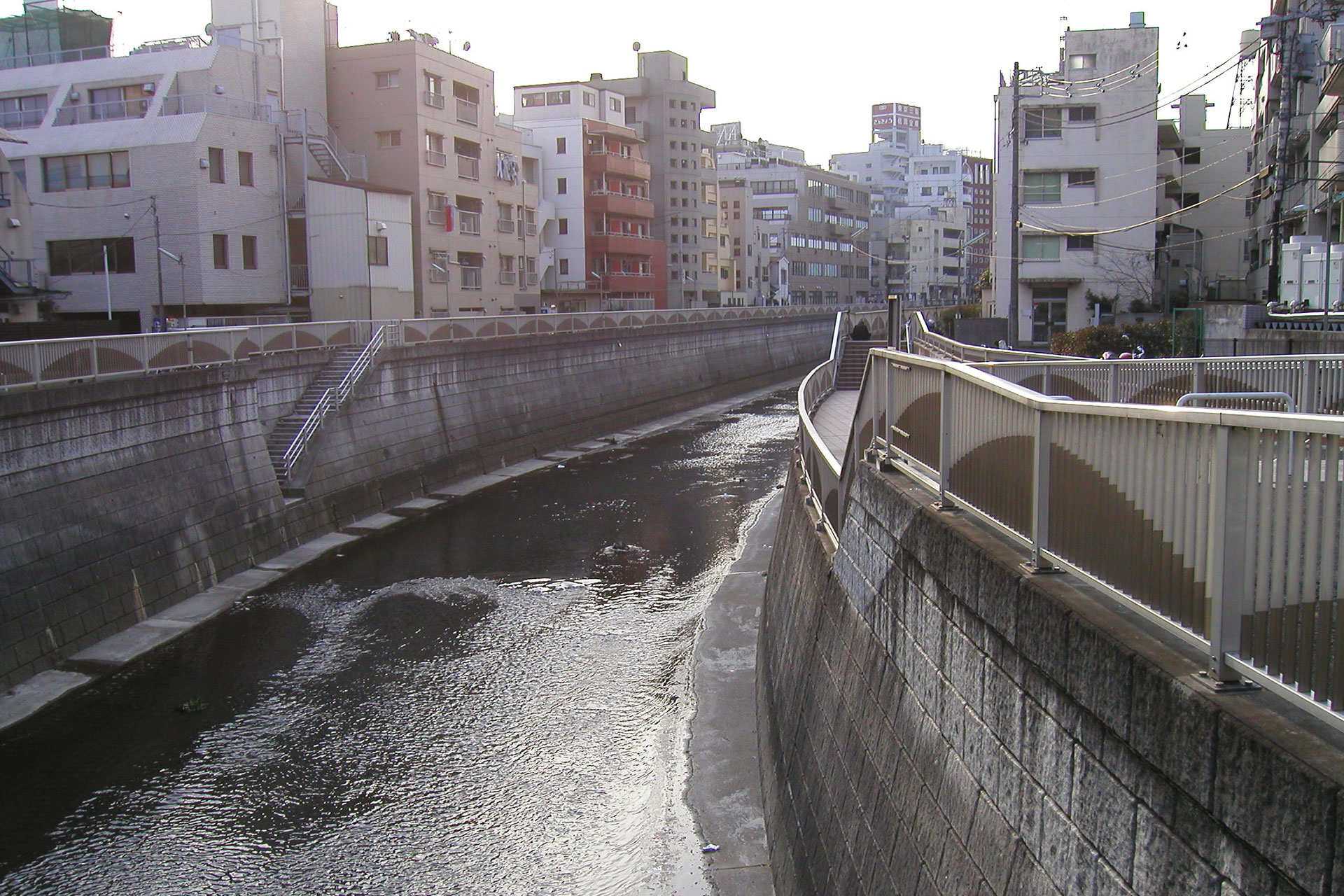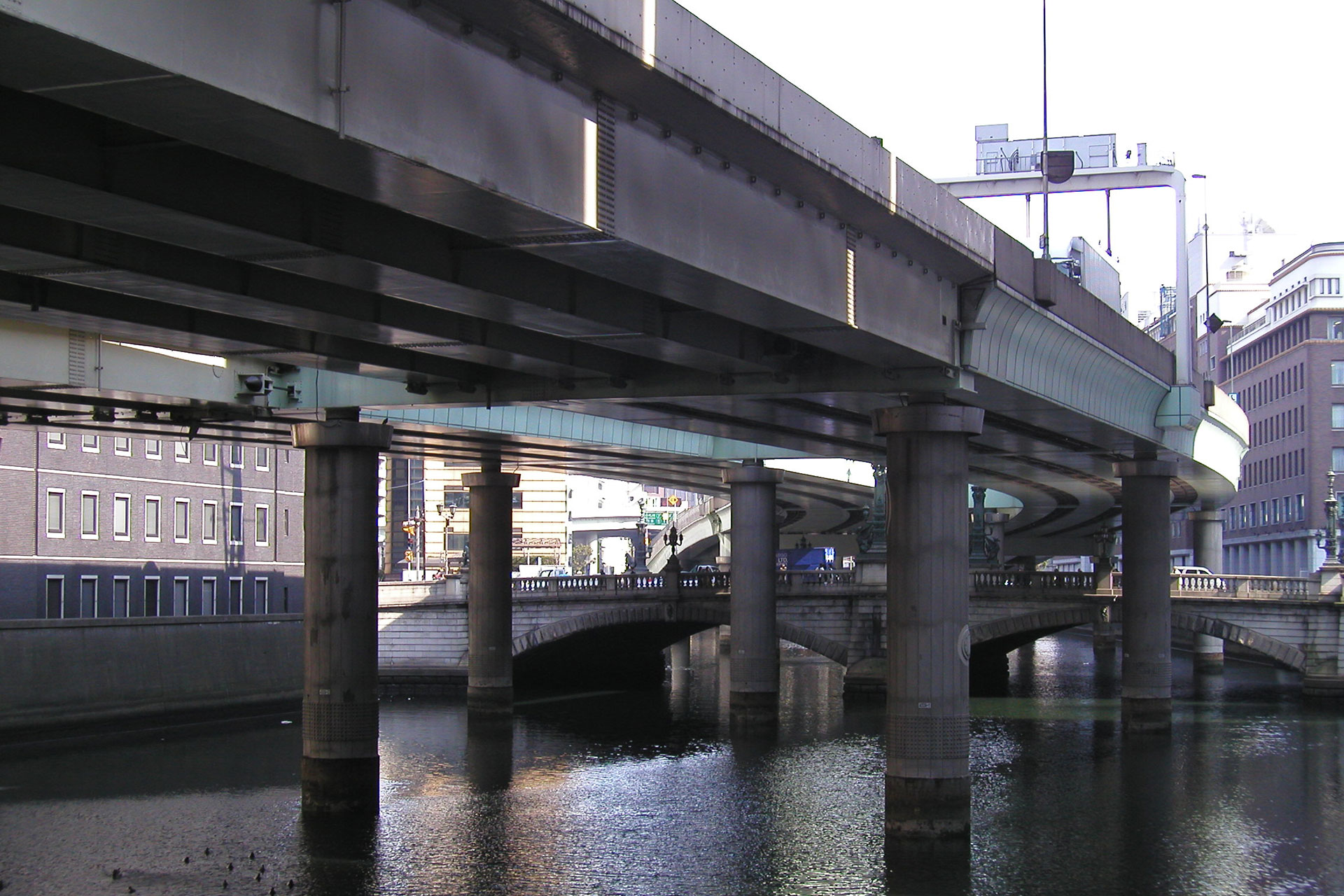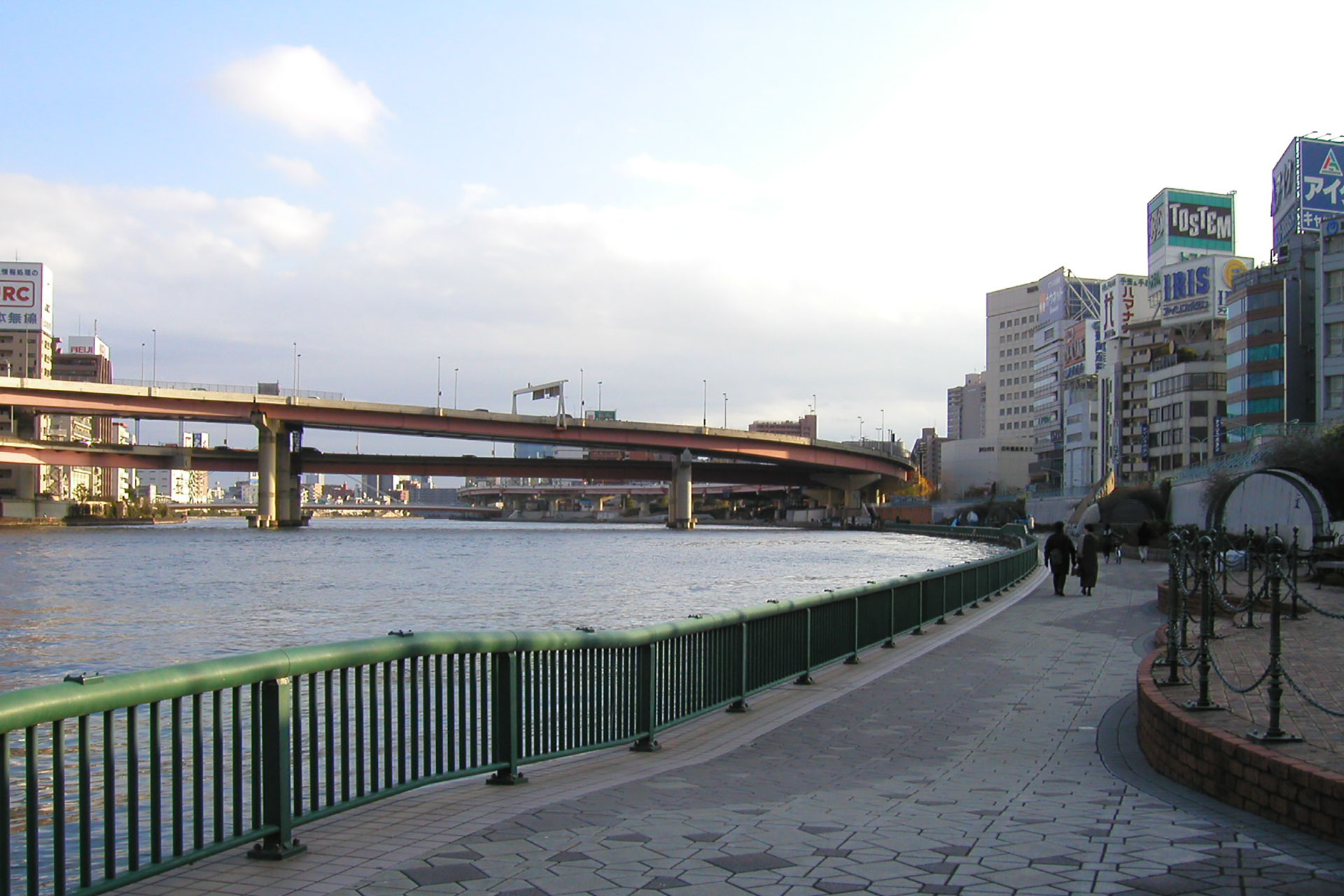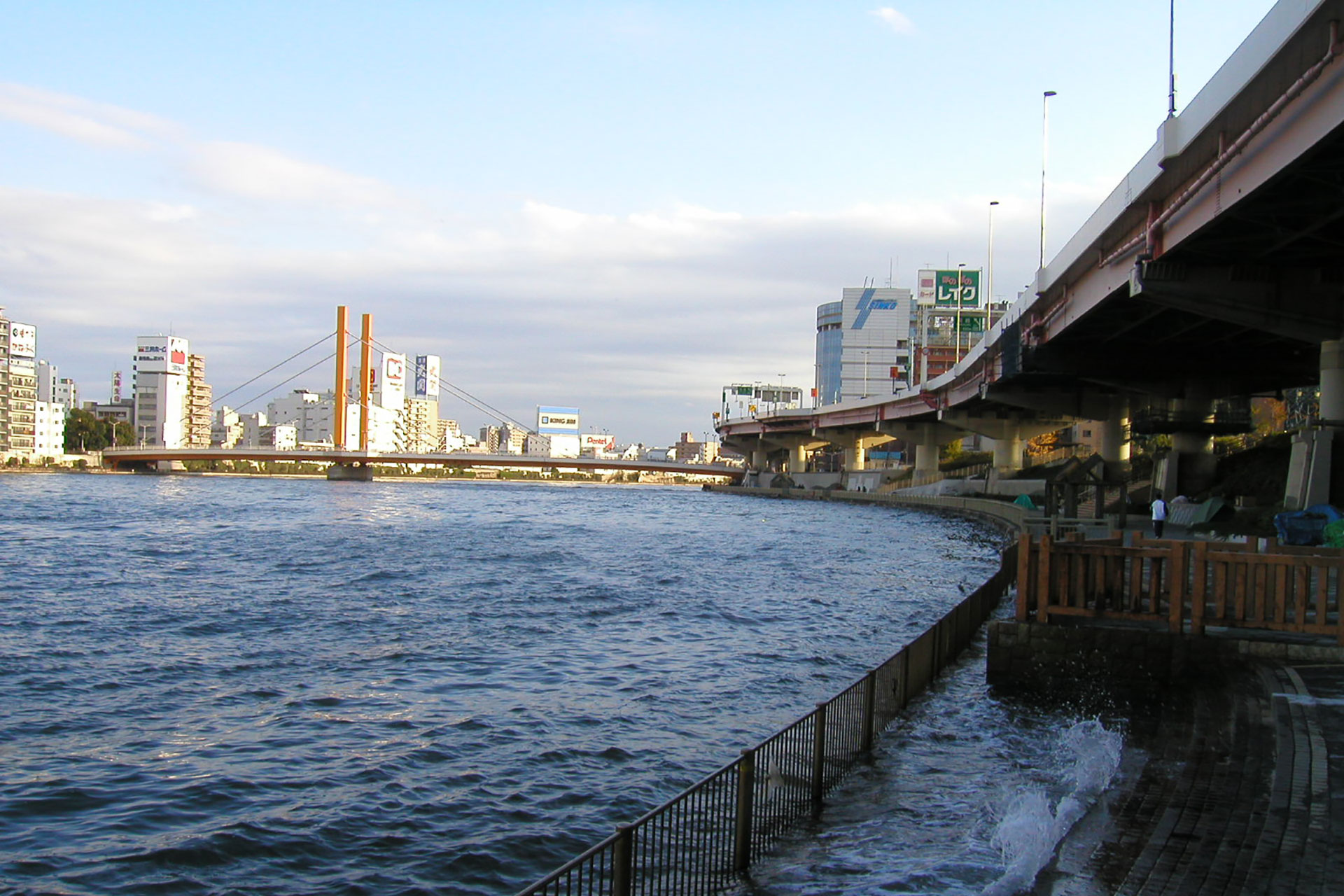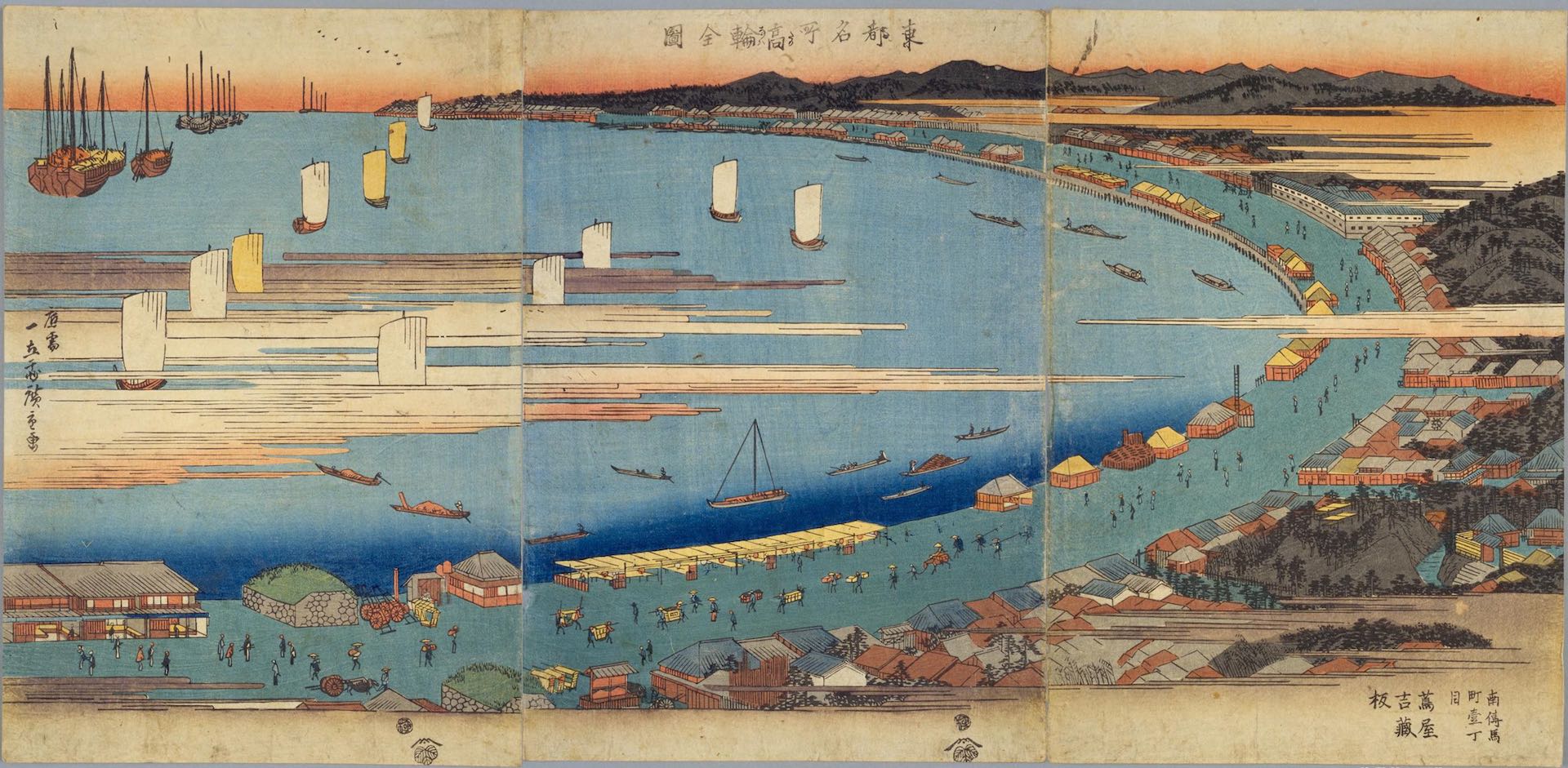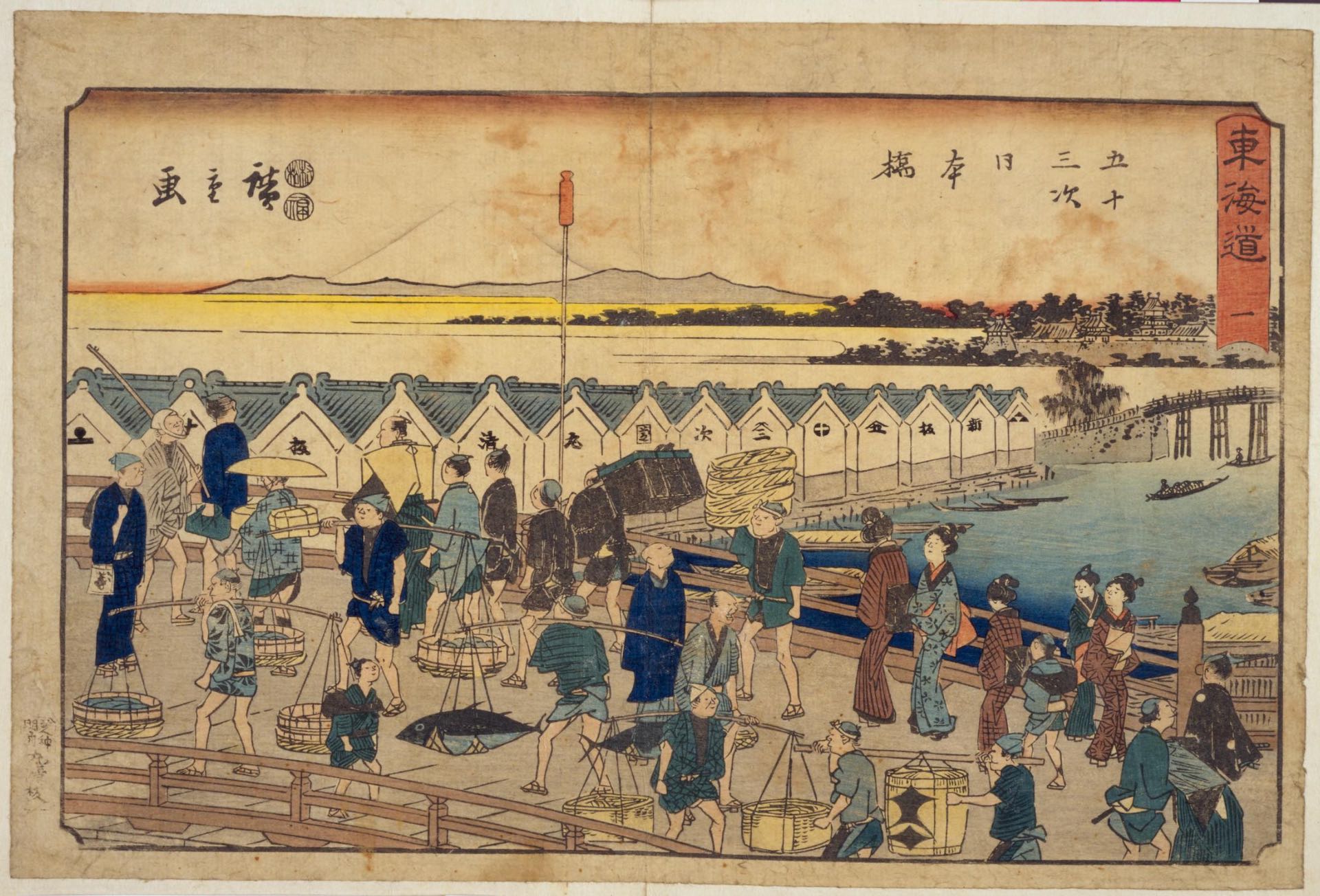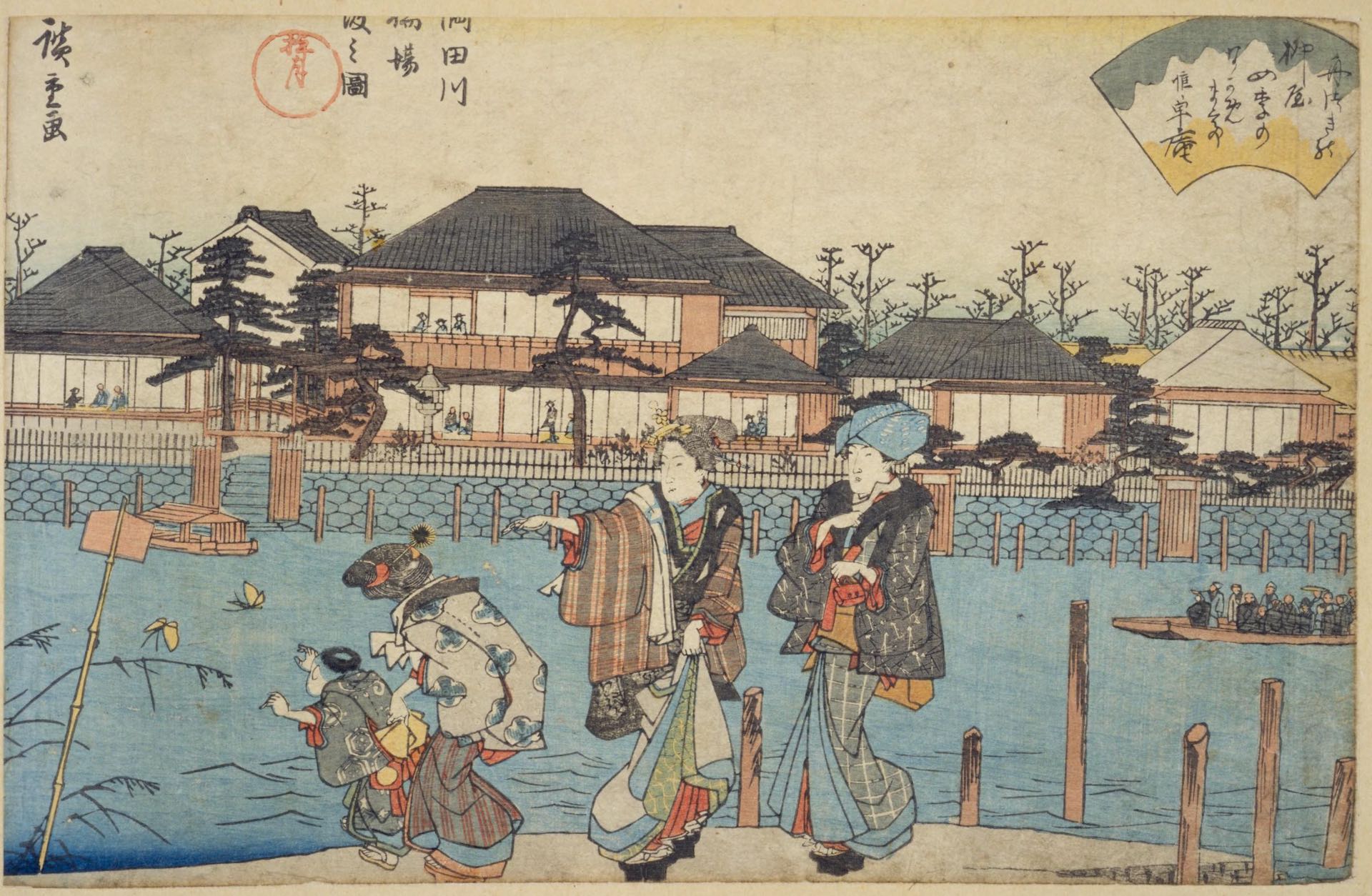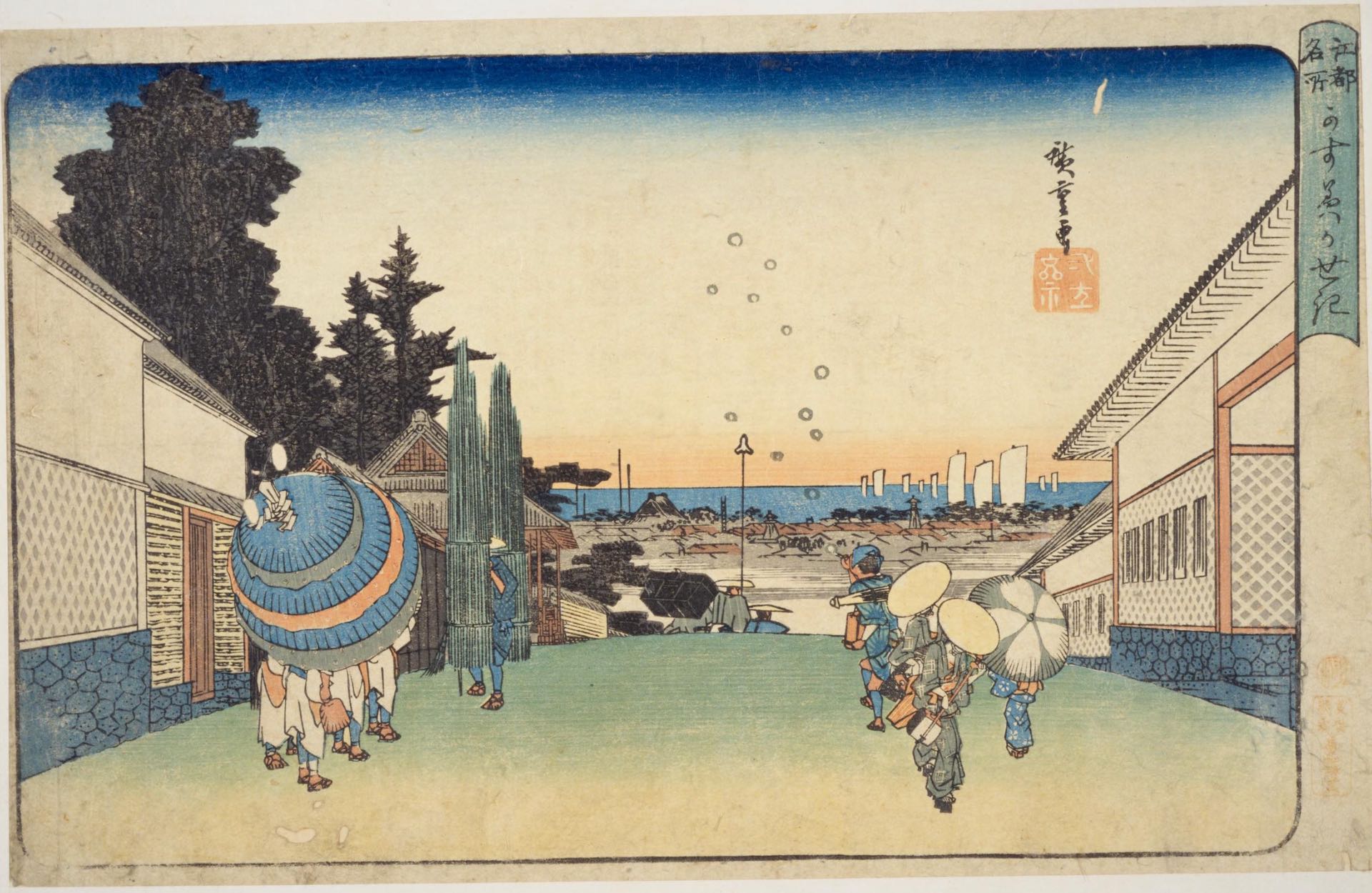Tokyo Canal
Today, the Metropolitan Expressway covers Nihonbashi, which used to be the center of Edo.
The bridge itself barely retains its former design and remnants. However, the situation is far from the scenery depicted in ukiyo-e.
A small public space has been created at the foot of the bridge, which was crowded during the Edo period. However, there is no bustle like before, and it is a space like an “addition”.
At the Kanda River upstream of Nihonbashi, just like the Nihonbashi River, the Metropolitan Expressway is covered and the river is dark and looks like a big gutter. It is a situation where the river has become “the back side of the city”.
Around the Sumida River, many aquatic spaces and parks are planned and continue endlessly.
Unlike the Nihonbashi River, there are few parts where the expressway is directly above the river.
However, rather than the river space functioning as “urban public spaces”, it is in a situation of “urban residual space”.
The current situation in Tokyo is that the value of rivers is extremely low compared to cities such as London, Paris, and Venice.
Ukiyo-e drawn by Hiroshige Utagawa
Tokyo Canal Waterfront City Plan
DATA
- Category:
Urban
- Type:
- Location:
- Team:
- Size:
- Status:
